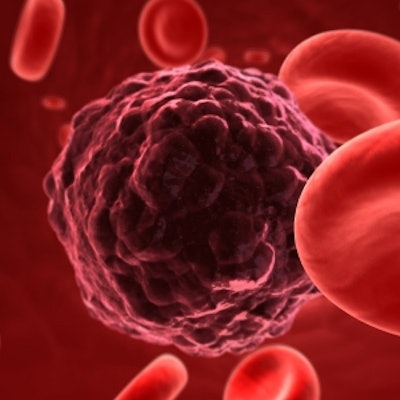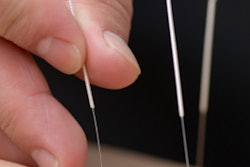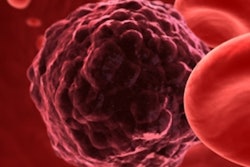
Returning to work may have a positive effect on the survival of patients with oral cancer, according to a new study. Almost 72% of patients diagnosed with oral cancer returned to work within five years of their diagnosis in the study, the researchers found.
Patients diagnosed with stage I, II, or III cancer were more likely to return to work than those diagnosed with stage IV cancer, the researchers noted in the journal Cancer (December 6, 2019). However, the treatment the patient received also mattered, as those who received chemotherapy or radiation therapy were less likely to return to work than those who received other treatments.
"[Return to work] may have a positive effect on the survival of patients with oral cancer because of higher income, increased physical activity, and better emotional status," wrote the authors, led by Yuan-Yuei Chen, MD. Dr. Chen is affiliated with the department of internal medicine at the Tri-Service General Hospital, Songshan Branch, and the at the National Defense Medical Center School of Medicine in Taipei, Taiwan.
Oral cancer is the sixth most common cancer worldwide, according to the authors. They noted that about half of patients with cancer are employed at the time of their diagnosis, making the idea of returning to work a critical issue for these patients for many reasons, including income, a sense of structure, and social recovery.
In the first known study in this population, the researchers sought to shed light on the trajectories of return to work and the impact of returning to work on survival rates in patients with oral cancer.
They analyzed the records of more than 12,200 workers who were newly diagnosed with oral cancer from 2004 to 2015. Overall, almost 8,800 patients returned to work in the first five years after an oral cancer diagnosis. However, chemotherapy (hazard ratio [HR], 0.88; 95% confidence interval [CI], 0.78‐0.99) and radiation therapy (HR, 0.83; 95% CI, 0.75‐0.92) were inversely associated with a return to work. The hazard ratio is a comparison between the probability of events in a treatment group and a control group.
The patients who had received surgical treatment were more likely to return to work, the researchers found. In addition, patients diagnosed with stage I, II, or III cancer were associated with an increased likelihood of a return to work in the fifth year after diagnosis (see table below).
| Oral cancer survivors who did and did not return to work by pathologic stage | ||||
| Pathologic stage | Did not return to work | Percentage | Did return to work | Percentage |
| Total | 6,507 | 5,715 | ||
| I | 15 | 0.2% | 25 | 0.4% |
| II | 672 | 10.3% | 1,448 | 25.3% |
| III | 523 | 8.0% | 872 | 15.3% |
| IV | 416 | 6.4% | 429 | 7.5% |
The return-to-work group had significantly better outcomes in all‐cause mortality than the group what did not return to work, the researchers noted
The authors listed some study limitations, including a lack of information on patients' motivation for returning to work and patients' educational level.
However, they concluded that returning to work likely has a positive impact on the survival of these patients. They advocate for improved interventions for these cancer survivors.
"The improvement of interventions that support cancer survivors in their [return to work] is warranted," the authors wrote. "Addressing prognostic factors such as self-reported physical workload and work ability and incorporating the shared-care model can be considered."



















